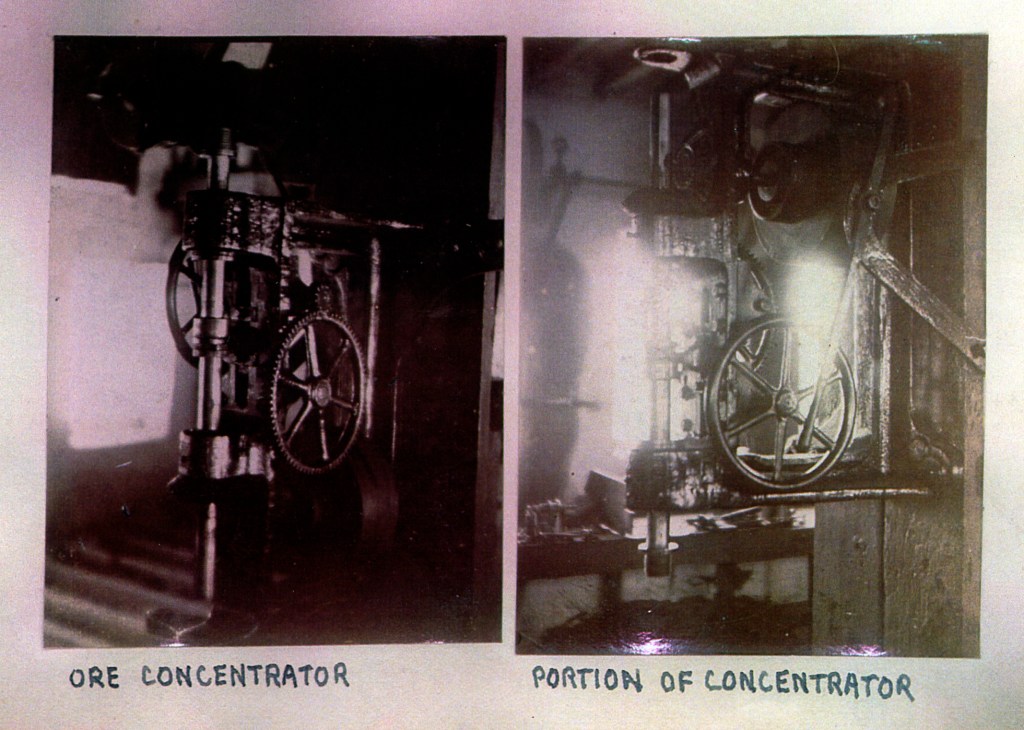British Science Festival – Free public drop-in art / science workshop
Sept 8th 2023 – 7pm until 10.30pm
As part of the Guildhall Centre evening takeover, Exeter City Centre
As part of the British Science Festival (a partnership between the British Science Association and Exeter University), ‘Sculptural Snogging’ is an art/science workshop exploring public health research surrounding sexual healthcare experiences of trans and non-binary people.
The UK National LGBTQ+ Survey found they are less likely to attend a sexual health clinic and are far more likely to report a negative experience. Worldwide it’s estimated that HIV rates are over 10x greater amongst trans women compared to the general population, but because of a lack of good evidence, we don’t know the true UK figure for prevalence of HIV and other sexually transmitted infections in these groups. The underlying systemic exclusion and poor access of trans and gender non-binary people from such healthcare is an issue that needs to be further researched and publicly explored.
Join artist and doctor Simon Hall in collaboration with local sexual health and LGBTQ+ charities, in a session that will de-bunk myths about sexual health, explore public health challenges, peek into the history of medicine, and promote queer body positivity.
Step into a make-shift art laboratory space to delve into the art and science of our mouths, kissing and sexual health by creating your ideal luscious lips and tantalising tongue. Craft with dental tools and materials to sculpt and hack your creations with piercings, ink and make-up. Explore digital anatomies, queering of the body and the fantastical self by viewing digital models in VR and capture your own transcendentally enhanced oral creation with photogrammetry on your mobile phone for sharing and learning.
Event organised by IUR Director Anna Dumitriu in her role as recorder of the Art and Science Section of the British Science Association.







